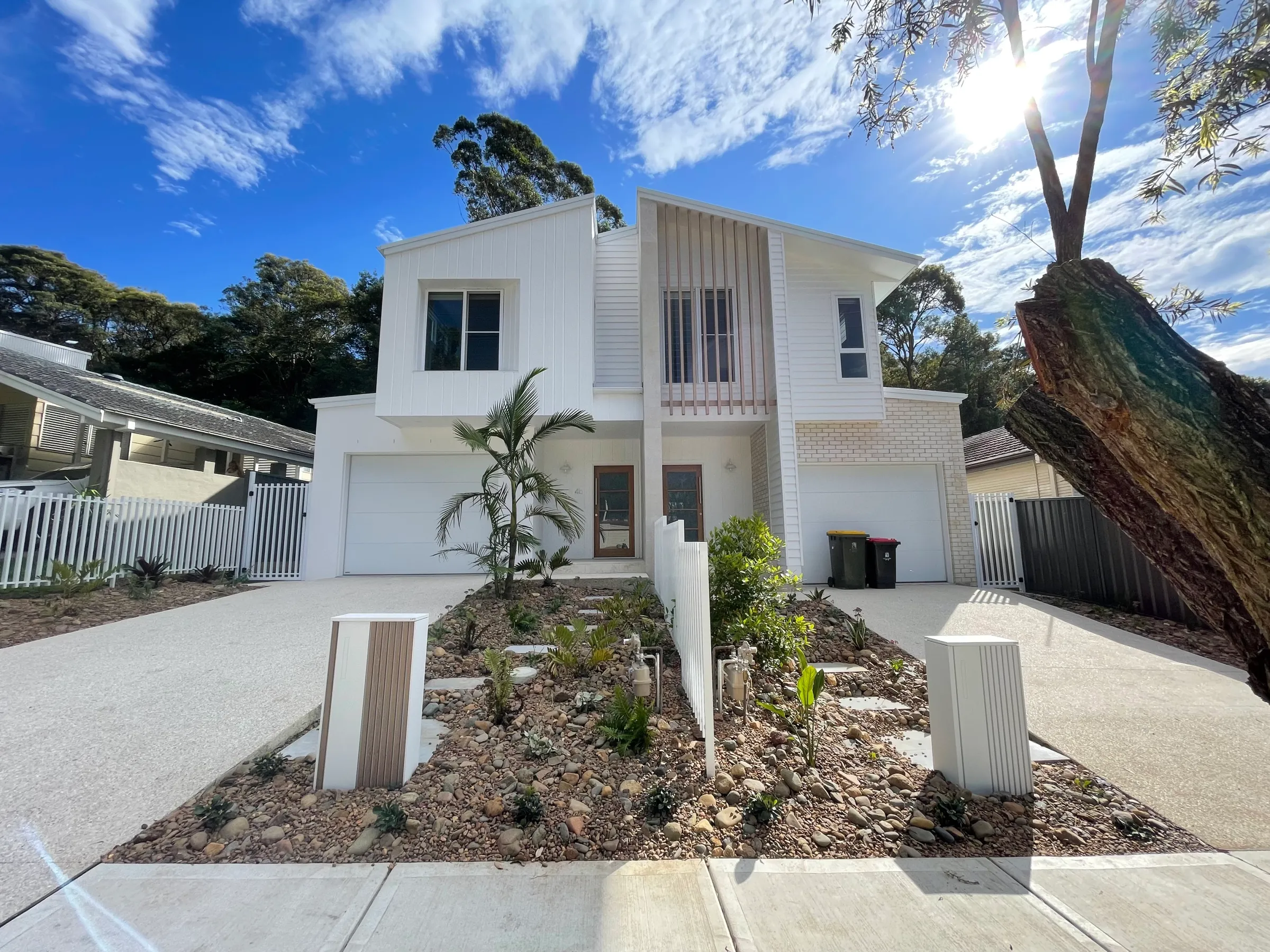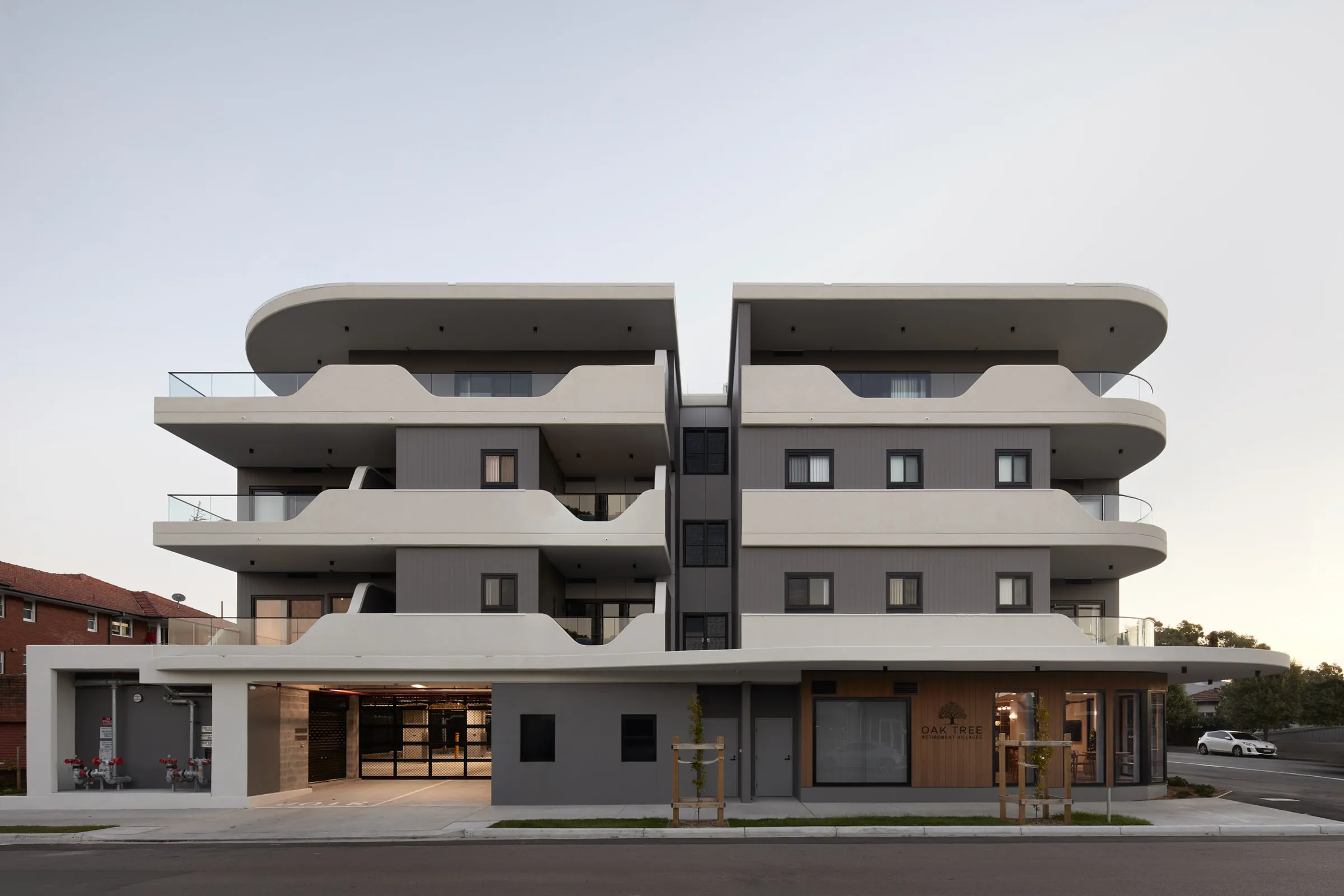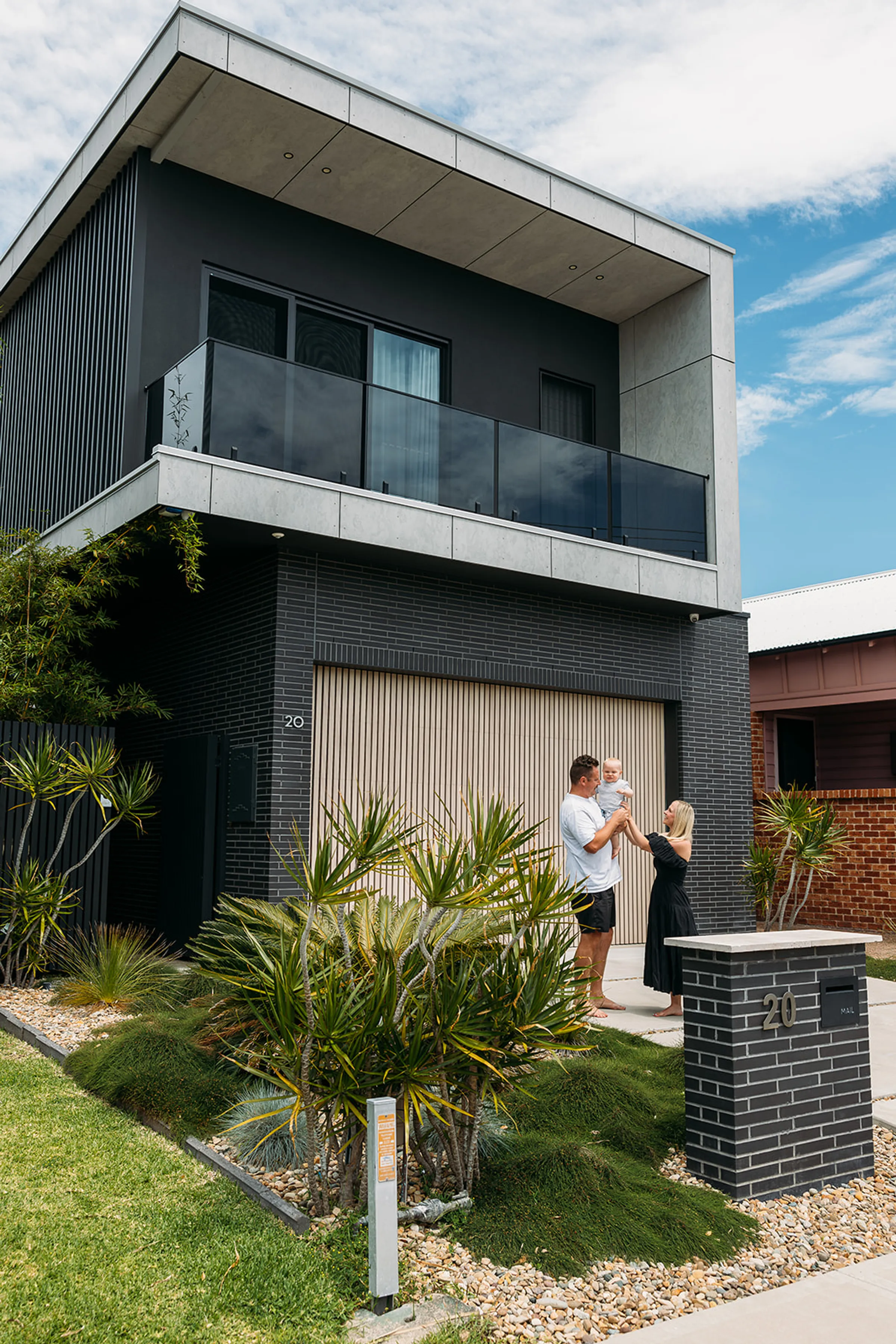
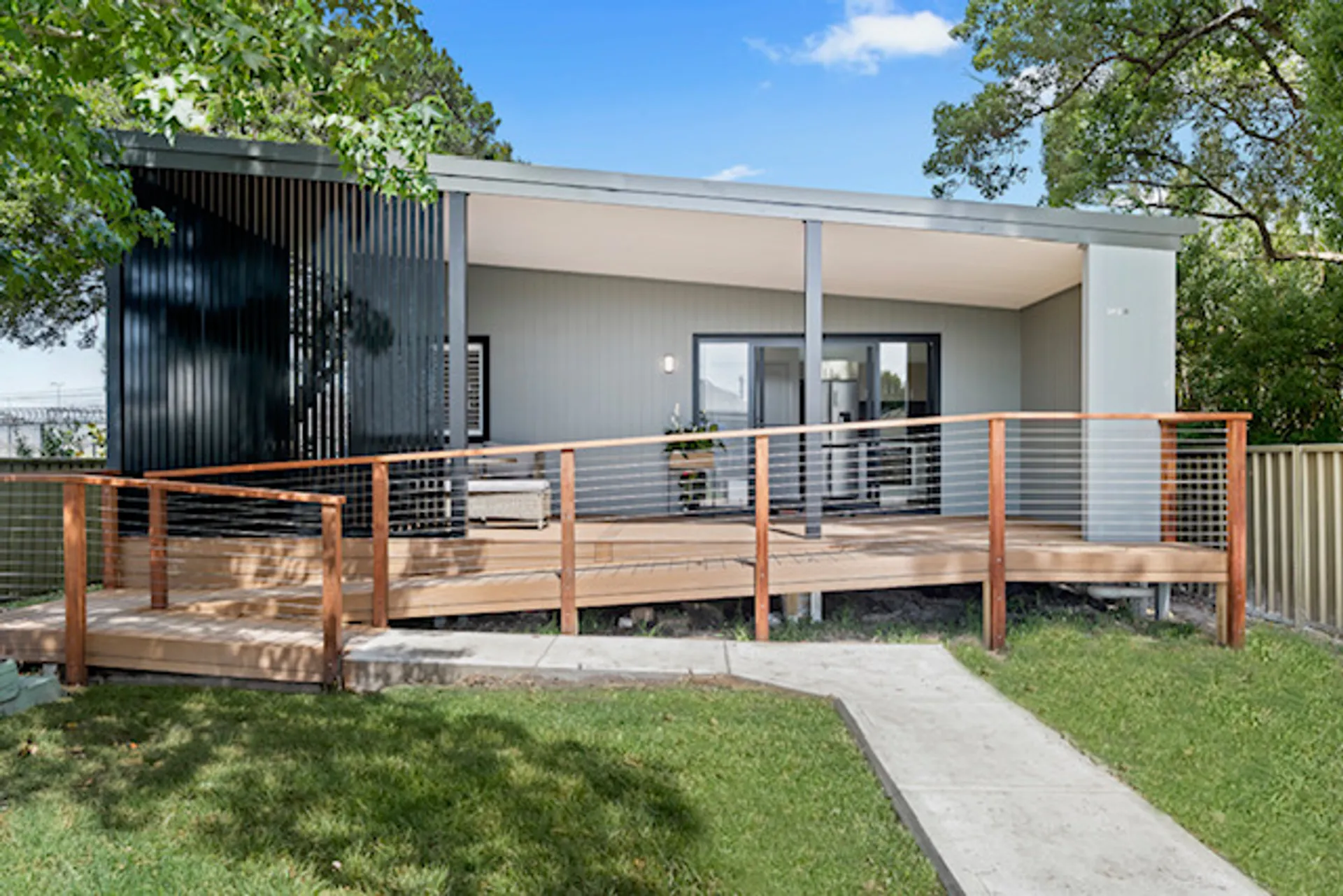
Granny Flat & Secondary Dwelling Approvals NSW

Granny flat & secondary dwelling approvals, sorted.
Before work can start, you’ll need the right approval in place – either a Construction Certificate (CC) or, if your design meets the requirements, a Complying Development Certificate (CDC).
Secondary dwellings come with their own set of considerations, like setbacks, private open space, parking and services. We know the rules inside out and make the process straightforward, guiding you on exactly what’s needed and helping you avoid costly delays.
With our experience across all secondary dwelling types – from granny flats to studios, we’ll get your certification sorted quickly and correctly, so you can keep your project moving.

How we get your secondary dwelling approval sorted.
01
Quote & ApprovalA granny flat or secondary dwelling needs building approval like any other structure. In NSW, this typically happens via a Complying Development Certificate (CDC) or a Development Application (DA) followed by a Construction Certificate (CC). Not sure which applies to you? Send us a copy of your plans, and we will go from there.
To get your CDC quote sorted (or if you aren’t sure of which pathway), all we need is a copy of your site plans. If you’ve got extras like a Title Search or Section 10.7 Planning Certificate, send those through too. For a CC, we just need a copy of your DA-stamped plans and development consent from Council.
We’ll check over your plans, send you a clear quote and preliminary checklist, and once you give us the go-ahead, we’ll kick the process off straight away.
02
Getting StartedWhat’s involved:
This is the fast-track option, and we can issue CDCs quickly if your project ticks all the boxes.
Who handles this:
While you’ll be pulling the documents together, including your architectural plans, Buildcert will guide you through the process, and we can also source any property documents (e.g. Title Searches and Planning Certificates) that you might need.
What you need to get started:
As a minimum, to lodge your application, we will need:
- Buildcert application form
- Architectural plans
- Title Search, Deposited Plan & 88b Instrument (if relevant)
- Section 10.7 Planning Certificate
We’ll then assess your eligibility and let you know if anything else is needed. You can also check out our Lodgement Checklist for secondary dwellings to get ahead.
What’s involved:
If your project doesn’t qualify for CDC, no sweat! It’ll need to go through council first for Development Consent, then to us for a Construction Certificate.
What we’ll need from you:
- Development Consent (from council)
- DA-stamped plans
- Buildcert application form
You can also check out our Application Forms & Lodgement Checklists for secondary dwellings to get ahead.
03
Lodgement & AssessmentWe take care of lodging your application in the NSW Planning Portal and keep you updated every step of the way. Our certifiers review your project, carry out a site inspection, and let you know if we need any extra details — with clear guidance on exactly what’s required.
Once your project has been assessed, your certifier will send a Request for Information (RFI) explaining exactly what to provide. If any adjustments to plans are required, we will talk you through that too.
A clear list of what’s needed upfront, less chasing, fewer surprises. We handle the admin and back-and-forth, while you get proactive updates and peace of mind knowing it’s all sorted.
Our team reviews all documentation, plans, and reports against the National Construction Code, planning legislation (for CDCs), DA conditions (for CCs), and other requirements that apply specifically to secondary dwelling builds.
Once all the documentation is finalised, we will then issue your CDC or CC.
If there are any pre-commencement requirements, we’ll flag them clearly on your approval, like an owner-builder permit or Home Building Compensation Fund Insurance (HBCF). Once you’ve got those sorted, we’ll issue a Notice of Commencement. From there, it’s just a two-day wait before you can get started.
04
Construction & Final Sign-OffYour approval sets out the component certificates we expect will be needed along the way, so you know exactly what’s required as the build progresses.
It will also outline every mandatory inspection needed for your project. It’s the builder's responsibility to book them in, but we make bookings easy. Book before 3pm and we’ll be there the next day to keep things on track.
Our team will then carry out all mandatory inspections to make sure your build stays safe, compliant, and moving without delays.
For a secondary dwelling, inspections typically include:
- Piers/Footings - prior to placement of concrete
- Slab - prior to placement of concrete
- Frame - prior to insulation and internal linings
- Waterproofing - prior to internal wet area tiling
- Stormwater - prior to backfilling the discharge connection point
- Completion inspection
Once we do a completion inspection and review all your docs, we issue your Occupation Certificate, your official sign-off that the project is complete.
In some cases, a Partial OC can be issued to allow occupancy before items like driveways, landscaping, or retaining walls are complete, though this depends on Council requirements.
Piece of cake, eh?



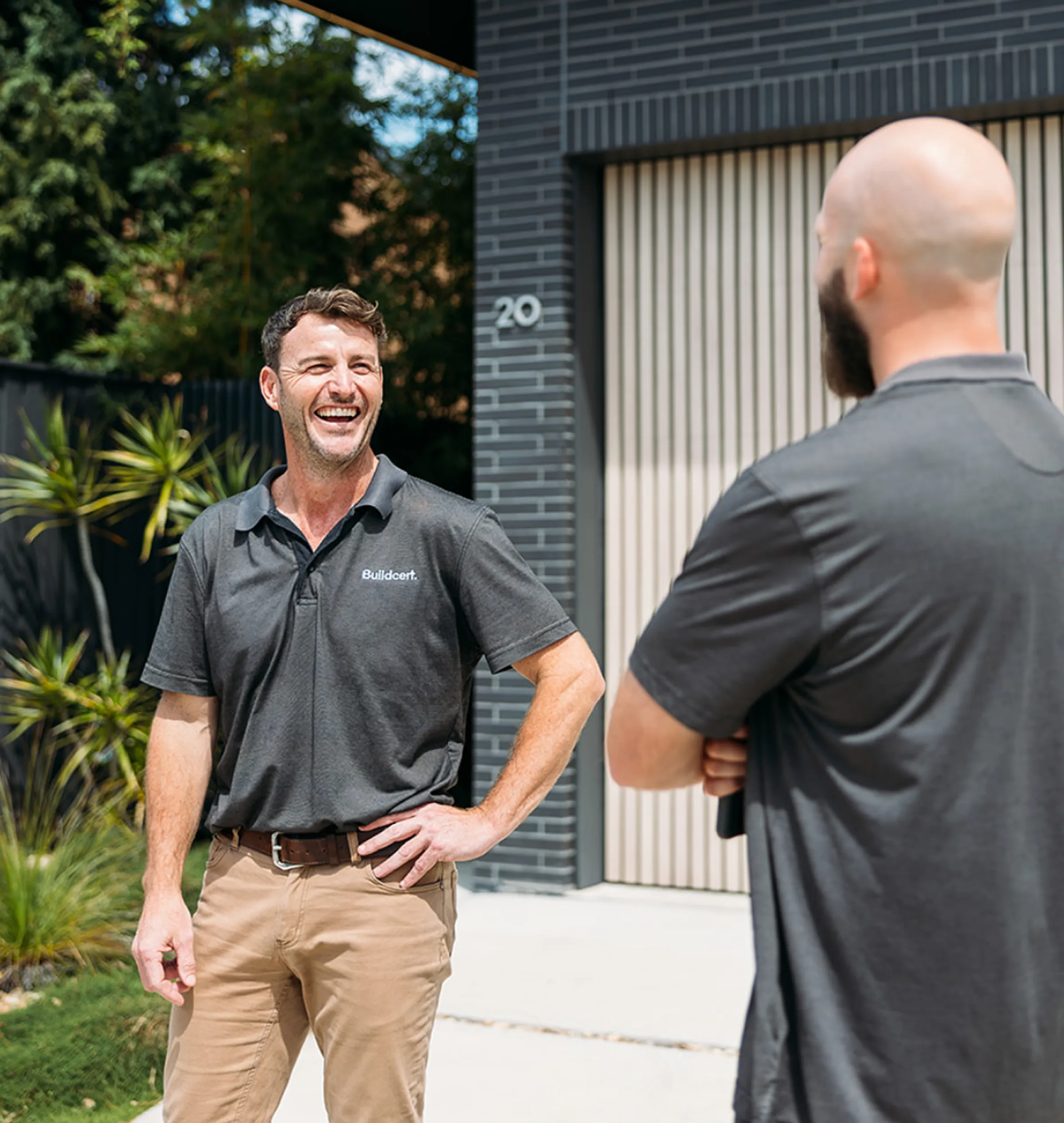
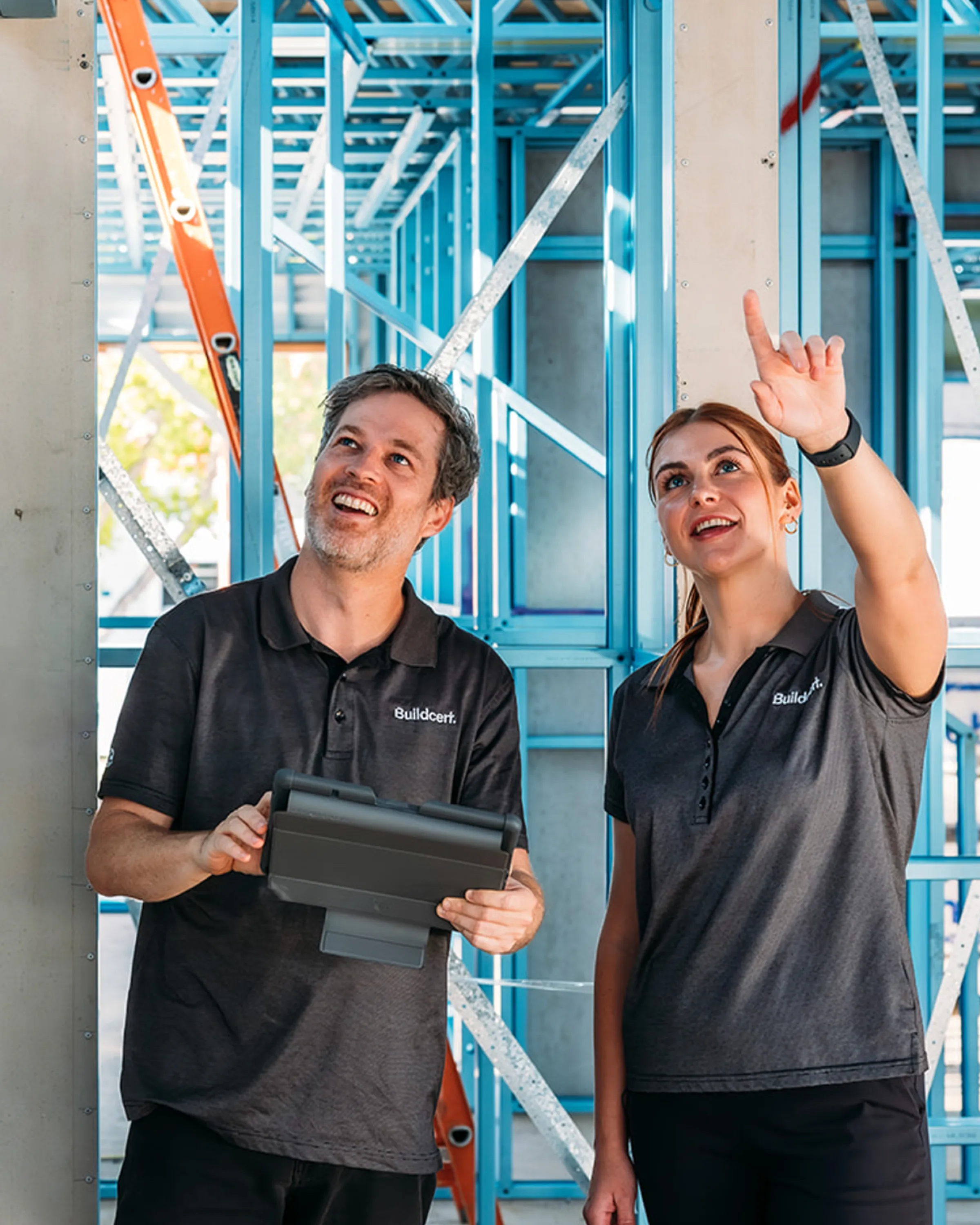
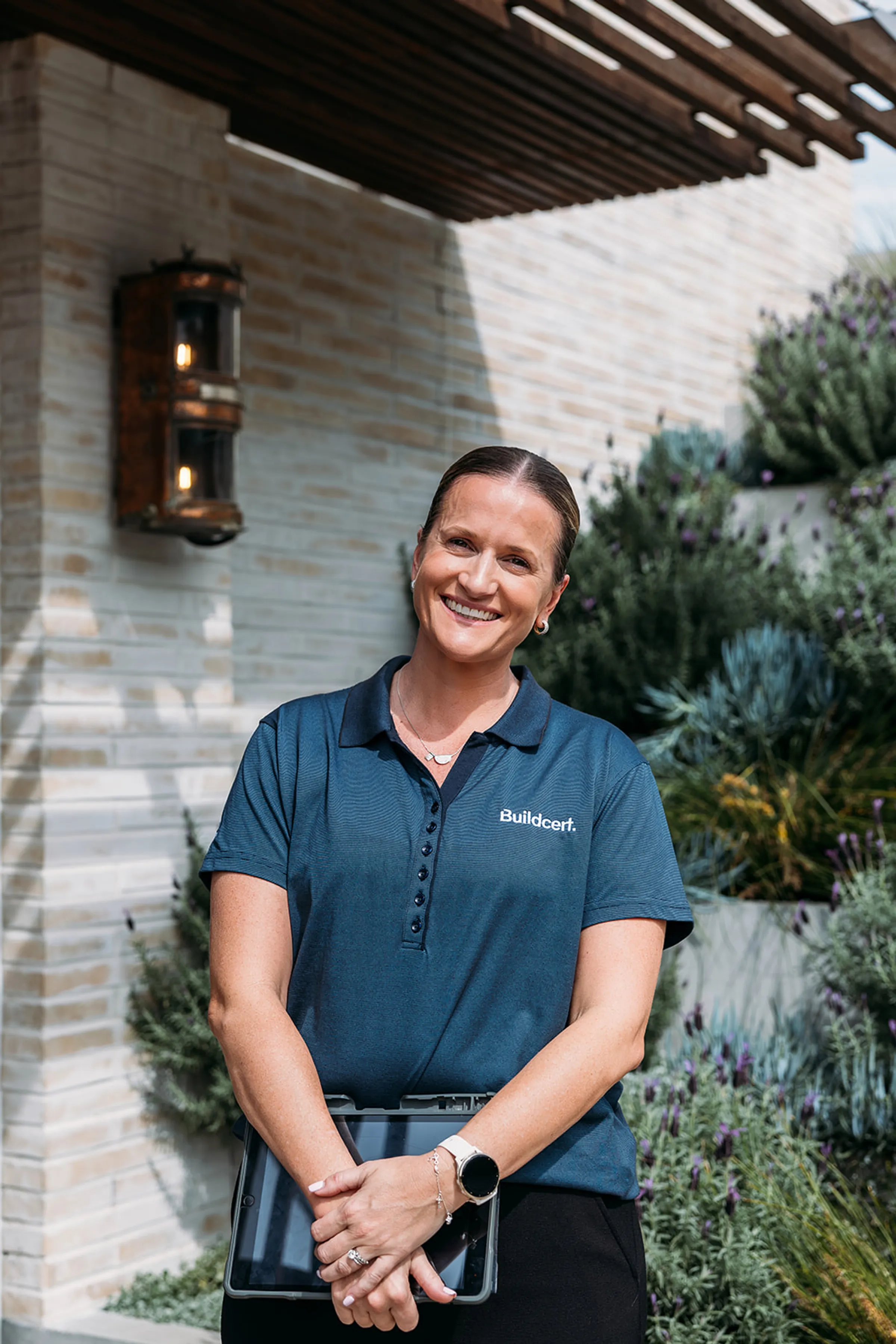
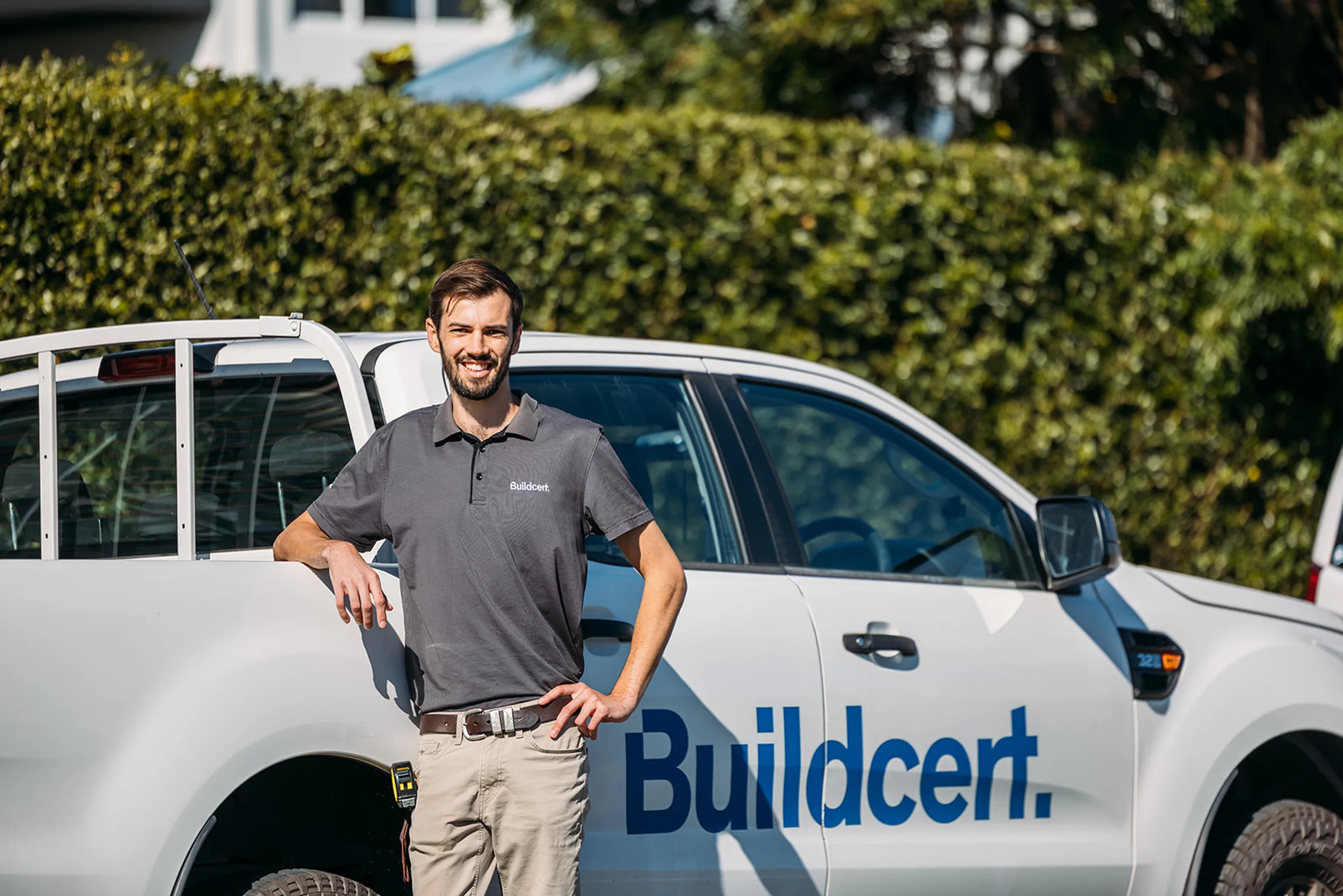

[ Services ]
The right solution, every time.
Buildcert sorts everything from approvals to final sign-off, so you can have peace of mind knowing that you’ve got one team, all the way through. We’re your one-stop-shop for certification services.
Certification sorted.
For projects big or small, Buildcert gets your certification sorted. Trusted experience, clear communication and fast turnarounds mean you get less stress, more certainty, and support to keep your project moving.

- +47000Approvals issued.That's over 47,000 approvals, sorted.
- 15.6B$Total value of construction approved.$15.6B of construction approved and counting.
- +275000Inspections completed.Clients trust Buildcert because we’ve got the experience and know-how to get your certification sorted.
"Buildcert’s building compliance expertise was invaluable during our recent upgrades. Their team brought confidence, clarity and professionalism to a complex project, ensuring everything stayed compliant and on track from start to finish."
"Buildcert has been a reliable partner for years. Their proactive approach, local knowledge, and responsiveness take the stress out of certification for our team."
"Buildcert are a valuable partner for our team. Their practical guidance, collaborative approach and clear advice help us deliver bespoke designs that meet compliance without compromising creativity."
Let’s get your certification sorted.
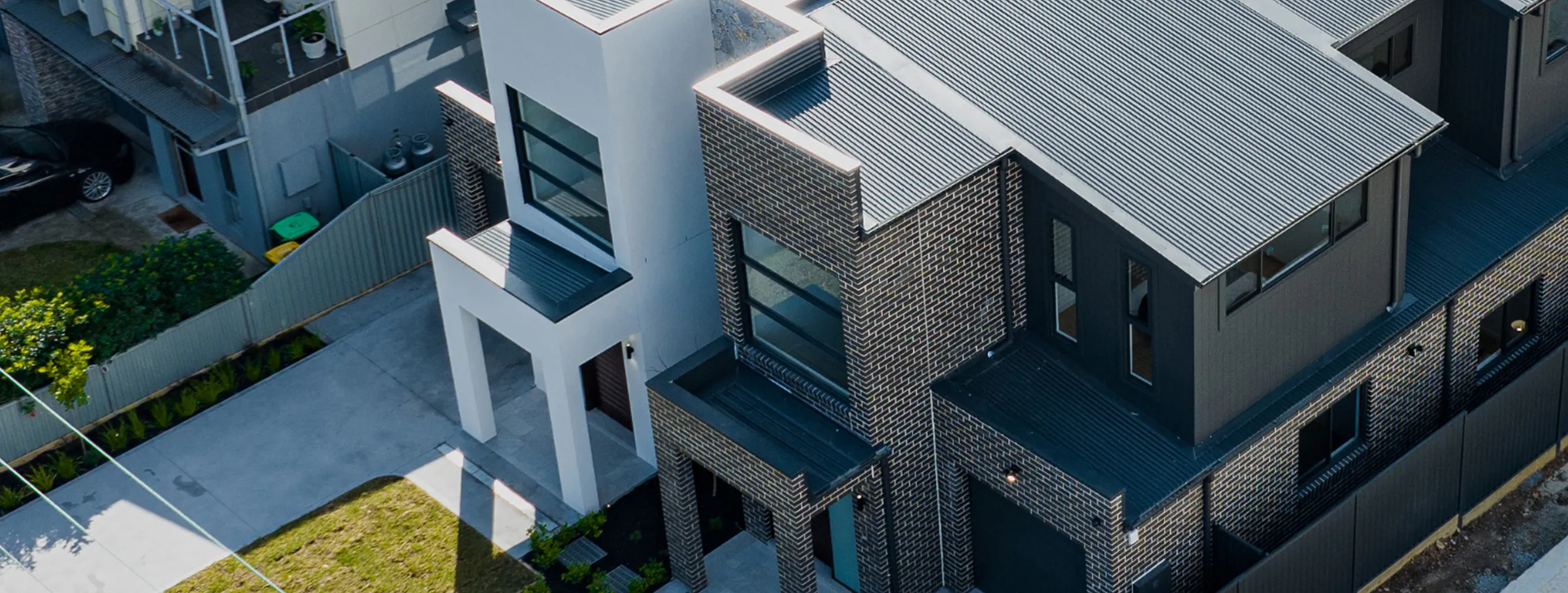
Frequently asked questions.
Got questions on secondary dwelling approvals or certification in general? We've put together answers to the most common ones.
What is the role of the Principal Certifier?
The Principal Certifier (PC) is responsible for making sure your build meets all the regulations and rules, from your CC or CDC, through to final approval. They’ll carry out mandatory inspections, check that your construction follows the National Construction Code and planning conditions, and issue the Occupation Certificate when everything’s complete and compliant.
What’s the difference between a Construction Certificate and a Complying Development Certificate; and which one do I need?
Both are types of building approval, but they apply in different situations:
- Complying Development Certificate (CDC): This is a fast-tracked approval that combines both planning and building approval in one. If your project meets specific rules under the State’s Housing Code (like height limits, setbacks and site coverage), you can skip council and get approved by a private certifier, often much faster.
- Construction Certificate (CC): This is used when your project has already been through the full Development Application (DA) process with council. A DA gives planning approval, and the CC is the building approval that follows. You’ll need both before work can start.
What documentation is needed for a certification quote?
To do a quote for a Complying Development Certificate (CDC) we just need your site plans that include front, side and rear setbacks as well as elevations (if you have any supporting property documents like a Title Search send that through as well). For a Construction Certificate (CC), all we’ll need is your development consent from Council and your Development Application (DA) stamped plans.
What is a Preliminary Complying Development Certificate (CDC) Assessment?
If your project has something that is a little bit left of field, this is an optional extra step we can do before formal lodgement to give you more clarity on whether your project is likely to qualify for a CDC by identifying any non-compliances.
Toolbox
Sorted.


